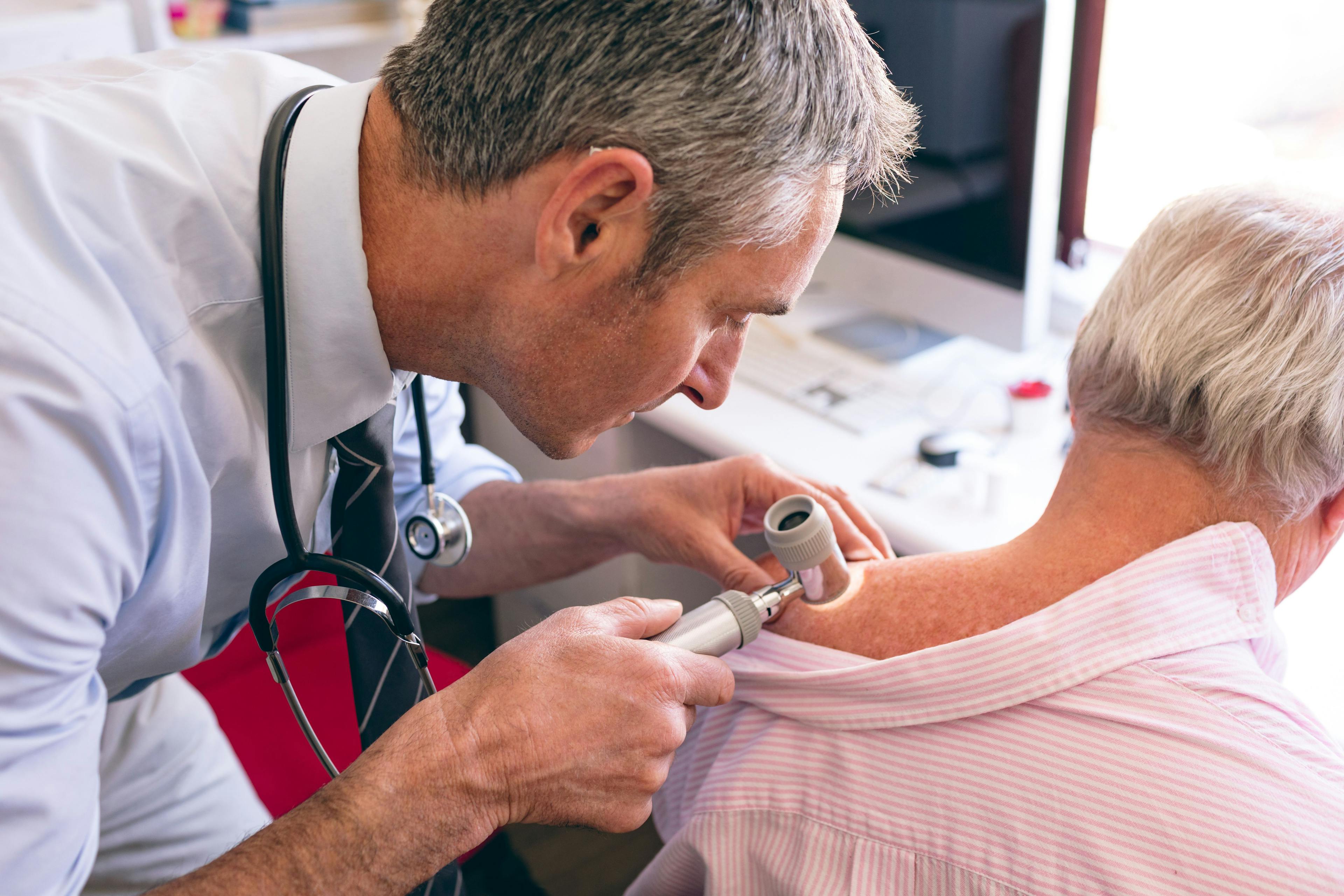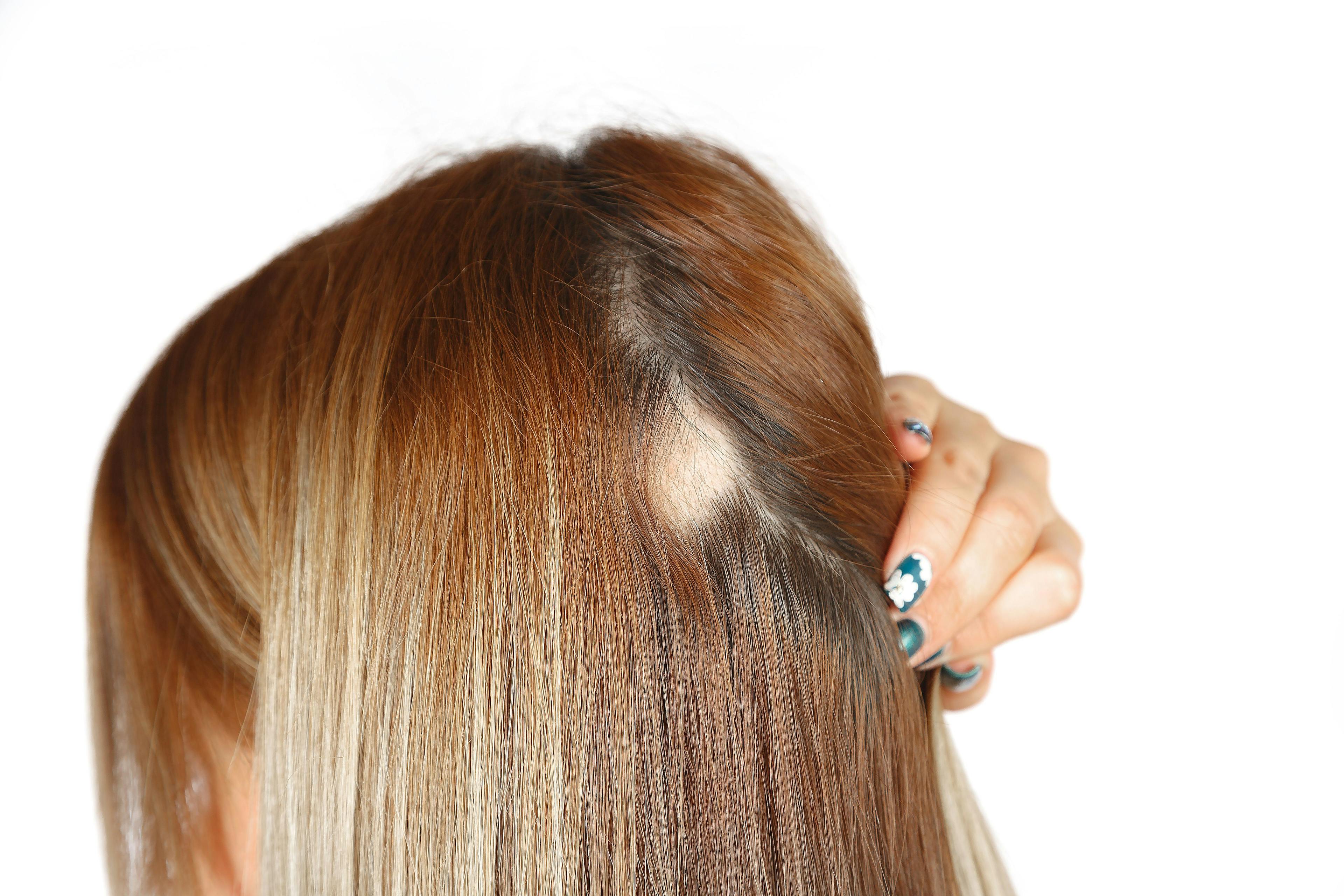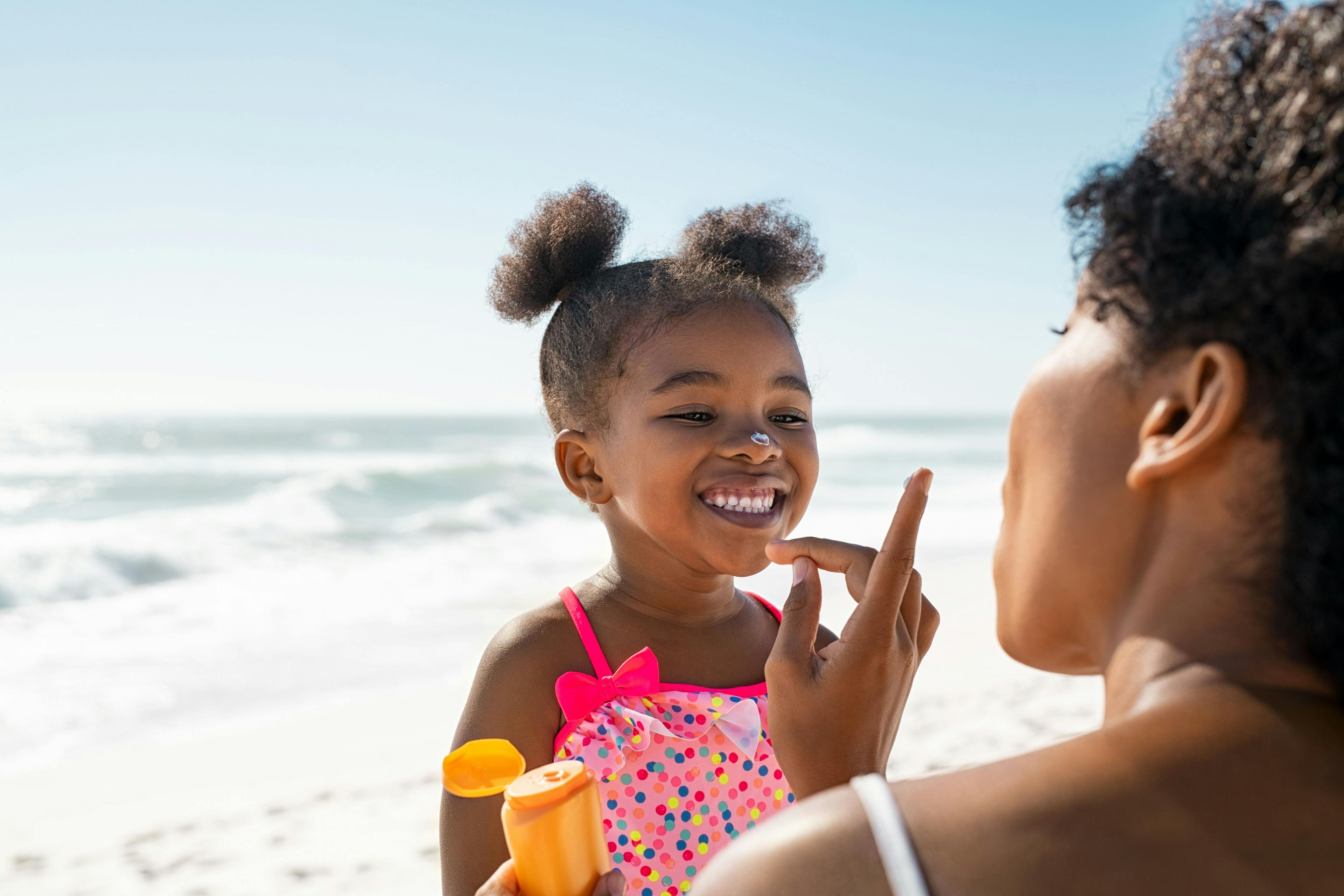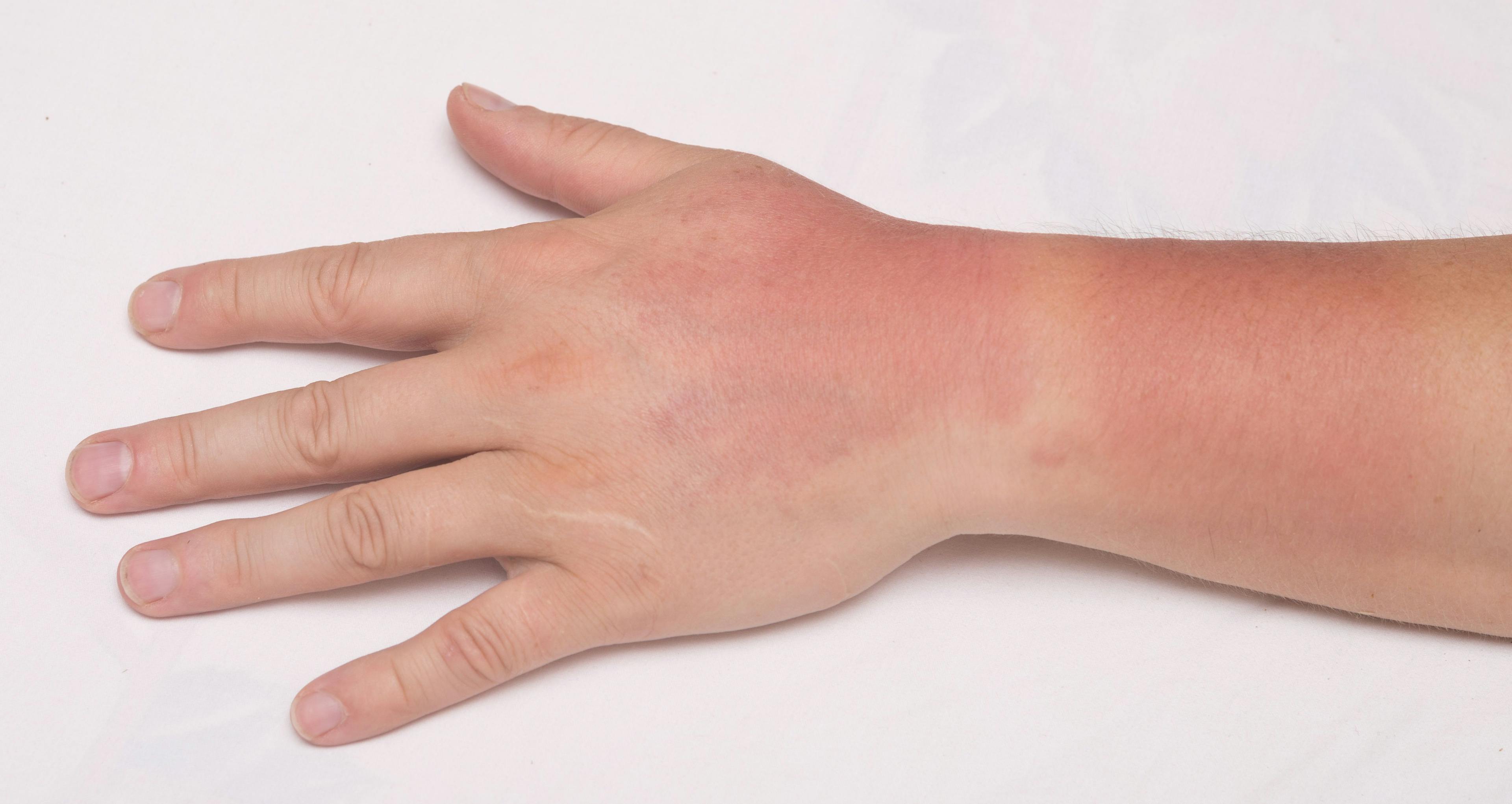- Acne
- Actinic Keratosis
- Aesthetics
- Alopecia
- Atopic Dermatitis
- Buy-and-Bill
- COVID-19
- Case-Based Roundtable
- Chronic Hand Eczema
- Chronic Spontaneous Urticaria
- Drug Watch
- Eczema
- General Dermatology
- Hidradenitis Suppurativa
- Melasma
- NP and PA
- Pediatric Dermatology
- Pigmentary Disorders
- Practice Management
- Precision Medicine and Biologics
- Prurigo Nodularis
- Psoriasis
- Psoriatic Arthritis
- Rare Disease
- Rosacea
- Skin Cancer
- Vitiligo
- Wound Care
Publication
Article
Dermatology Times
Exposure to Heavy Traffic Affects Risk of Atopic Dermatitis
Author(s):
Researchers linked proximity to heavy traffic roadways and risk of atopic dermatitis.
Living at least 1000 meters from high-traffic roadways can decrease a patient’s odds of developing atopic dermatitis (AD) by 26.1%, according to results of a new study.1
Researchers from National Jewish Health in Denver, Colorado, conducted the 13-year retrospective chart review. The results were published in February in Journal of Allergy and Clinical Immunology.
The study reviewed the clinical association between more than 14,000 pediatric patients living in the Denver area and their proximity to major roadways. Patients meeting diagnostic criteria and codes for AD (n = 7384) were measured and compared with a control group of pediatric patients without AD (n = 7241).
Researchers also factored in distance by using geocoded coordinates of patients’ residential addresses. These coordinates were used to determine the distance of a patient’s permanent address from high-traffic roadways, which researchers defined as roads with daily traffic of more than 10,000 vehicles. These roads were identified through traffic data from the Colorado Department of Transportation.
For each factor 10 increase in distance from a major roadway, researchers determined an 18.8% decrease in odds of having AD. Children living 1000 m (0.62 miles) or more from a high-traffic road had 26.1% lower odds of having AD than those living within a range of 500 m (0.3 miles), the researchers noted.
Inspiration behind the study came from a recently discovered clinical association between AD and traffic-related air pollution in urban Asia. In December 2019, researchers attributed the increase of AD prevalence to the “global rise in industrialization and urban living over recent decades,” which they determined is “accompanied by greater cutaneous exposure to environmental pollutants.”2
“This issue of the potential relationship with proximity to highway exposures to pollutants has been discussed in different ways for already several decades; it’s not by any means a brand-new concept, and it’s something that’s a little bit challenging to turn into a clear-cut clinical recommendation for some patients,” Jonathan Silverberg, MD, PhD, MPH, said in an interview with Dermatology Times®. Silverberg is a professor of dermatology and director of clinical research and patch testing at the George Washington University School of Medicine and Health Sciences in Washington, DC.
Patient reactions can be representative of airborne contact dermatitis, or even aerosolized rubber allergens from tires burning as small particle air pollution, Silverberg said.
“It’s easy enough to say to patients, ‘Live in an area far from the highway where there’s lots of great ventilation, circulation, trees, etc.’ But obviously we all have our own living arrangements, and so it’s not always feasible,” he said. “We may not always be able to change patients’ living arrangements, but for those where there is flexibility, it can be relevant to know this to choose a domicile that’s far from the highway, or something along those lines.”
In his own experiences with patients, Silverberg said some patients with atopic dermatitis have reached out asking: “Where should I go where my eczema is least likely to flare?”
Although he said it’s an answer that can vary from patient to patient, it’s important for patients to recognize that even if they don’t have the ability to control exposures to irritants and flares that may occur based on these exposures, they can at least be aware of them.
For patients without the flexibility to move, Silverberg said there are still precautions that may help minimize the impact of highway and traffic-specific irritants. One recommendation researchers have made is to close windows and use an HVAC system to filter out pollutants. Fresh air, he said, may not always be so fresh.
“Another trick that I’ve learned from the allergy world is when we believe that there’s airborne allergen exposures from walking outside, when coming inside, rinse off those exposed areas [such as] the face, head, and neck, or maybe even your arms and hands, so that if there are any allergens that have aerosolized and are sitting on the skin, you just simply wash them off,” Silverberg said.
For dermatologists, Silverberg said this concept may impact physicians differently based on the region where they’re practicing and the region where their patients live.
“This becomes a little bit less of an issue when practicing out in suburban areas that are more spread out, or in rural areas that are really more spread out. But certainly in urban areas, this becomes much more of a challenge,” he said. “We have to recognize that there can be additional triggers that exacerbate things, and that may vary by different times of year or different even times of day, and to try to provide appropriate pragmatic counseling around it.”
Michael Nevid, MD, a fellow at National Jewish Health in Denver and the study’s lead author, said these results, though promising, are early.
“This is an early association study, so more work needs to be done to examine the pathophysiological mechanisms involved in the association,” Nevid said in a news release from the American Academy of Allergy, Asthma & Immunology.3
References
- Nevid M, Hui J, Crooks J, Goleva E, Rabinovitch N, Leung D. Association of atopic dermatitis with proximity to major roads. J Allergy Clin Immun. 2023;151(2):AB193. doi:10.1016/j.jaci.2022.12.604
- Hendricks AJ, Eichenfield LF, Shi VY. The impact of airborne pollution on atopic dermatitis: a literature review. Br J Dermatol. 2020;183(1):16-23. doi:10.1111/bjd.187813.
- Presnell A. Living near a major road may be associated with a higher risk of atopic dermatitis. American Academy of Allergy Asthma & Immunology. February 3, 2023. Accessed April 6, 2023. https://www.aaaai.org/About/News/News/2023/road
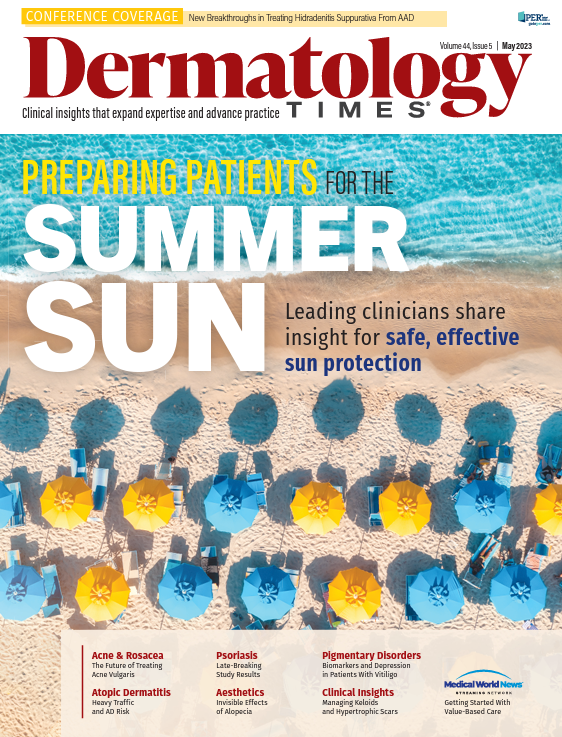
Newsletter
Like what you’re reading? Subscribe to Dermatology Times for weekly updates on therapies, innovations, and real-world practice tips.




